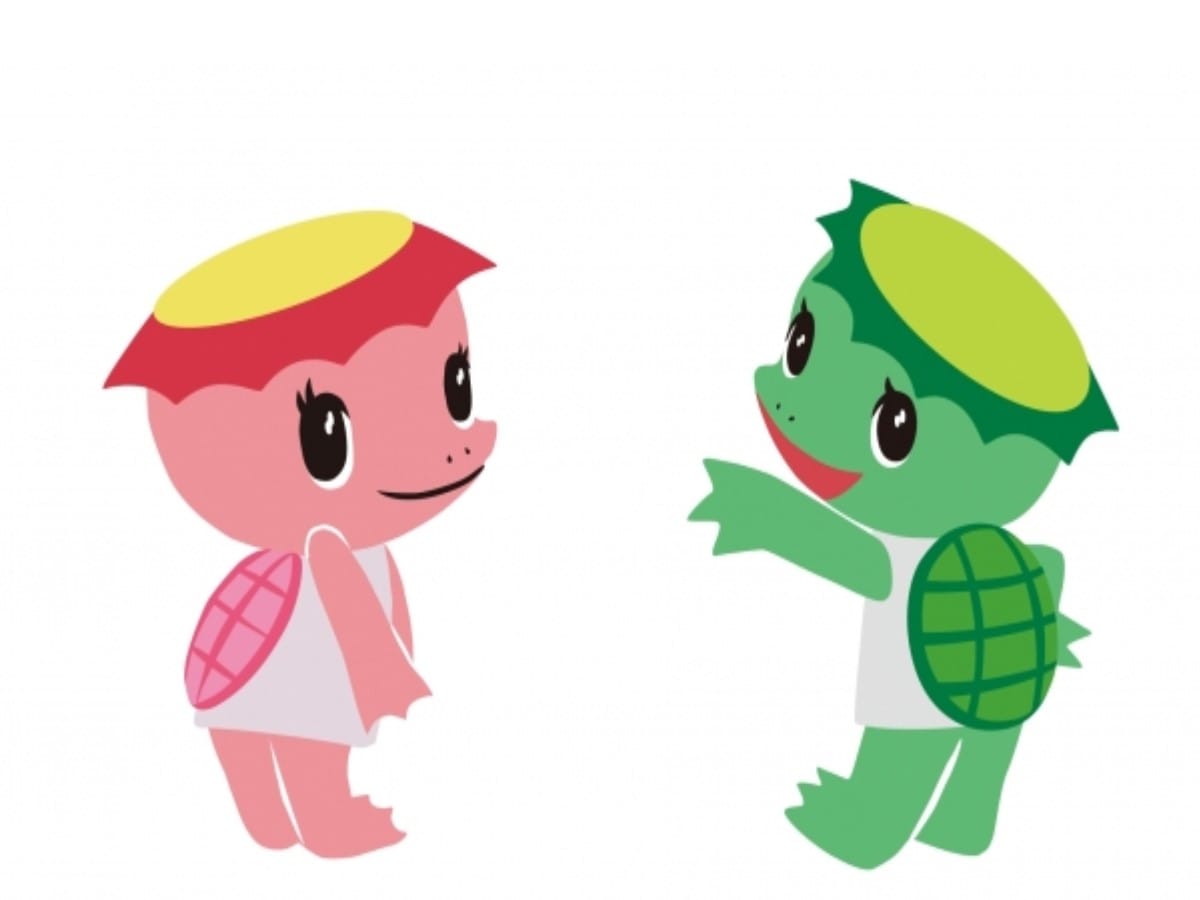
Source: © PR Times, Inc.
Japan Travel and Folklore: Discover Iwate and go Kappa Hunting in Tono City
- Tags:
- Iwate Prefecture / Kappa / Tono
Related Article
-
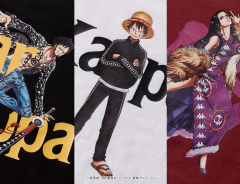
Kappa and One Piece’s anime inspired sportswear collab returns with swashbuckling character designs
-
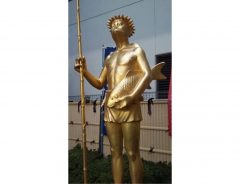
Kappa: a water imp among the cutlery and tableware of Kappabashi
-

Sportswear brand Kappa collab with One Piece for an anime twist on their classic designs
-
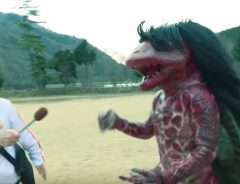
Gajiro Is A Terrifying Japanese Mascot That Sells Curry And Stars In A Horror Movie
-
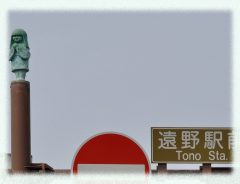
Zashiki warashi: the mythical children who look after your house
-
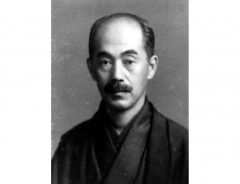
Tōno: immerse yourself in the distant past with a visit to the cradle of Japanese folklore


"Kappa" are mythical creatures in Japanese folklore and one of the most known yokai (demons, supernatural spirits) in Japan.
Their appearance is human-like, just that their body is green, and besides the pointy nose, they also have attached a turtle carapace on the back.
On the top of their head, they have a small “Sara”, a plate that they should always be careful not to dry out, otherwise, they’ll turn weaker and can be even in danger to die.
It is said that kappa love cucumbers and due to their popularity, you can even find a few anime, books, or paintings that picture the legendary yokai.
Although cucumbers are their top favorites, kappa can be quite dangerous to people as the legends say these creatures used to lure people in the water, especially children, and eat their flesh.
However, do not be afraid as these myths were created to keep the kids safe from going around water or rivers.
There is one place in particular, very famous for kappa that is located in the Iwate Prefecture of the Japanese archipelago.
The land of these creatures is called Tono City and it is a place abundant in Japan's rich history, culture, and folklore.
As soon as you arrive at Tono, you will be able to spot Kappa everywhere you go and you can also learn more about the history of this unique city at the Municipal Museum.
There are many rumors that Kappa lives in the waters of Tono and many pregnant women used to pray for good health and safe delivery at the local shrine close to the Kappabuchi Pool, behind the Jokenji Temple.
Besides Kappa, Tono Area has so many to offer, from serene views, plenty of greenery, and fresh air to traditional houses dating from the Edo Period and museums.
The houses can be found at the Tono Furusato Village Museum, and I recommend passing by and discover even more of this exciting region.
You can also read more about the area’s legends in Tono Monogatari (The Legends of Tono) by Kunio Yanagita.
That said, if you are a fan of folklore, myths, and legends or just want to know more about the Japanese culture and its rich history, I am sure that visiting Tono will be an amazing experience.